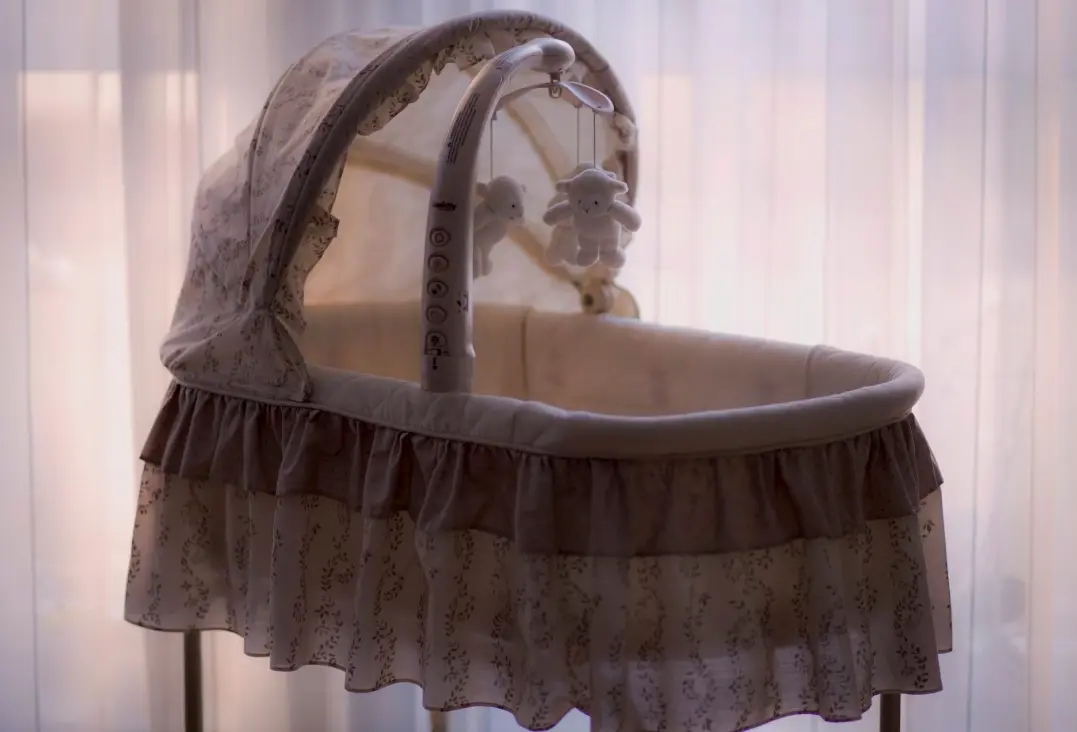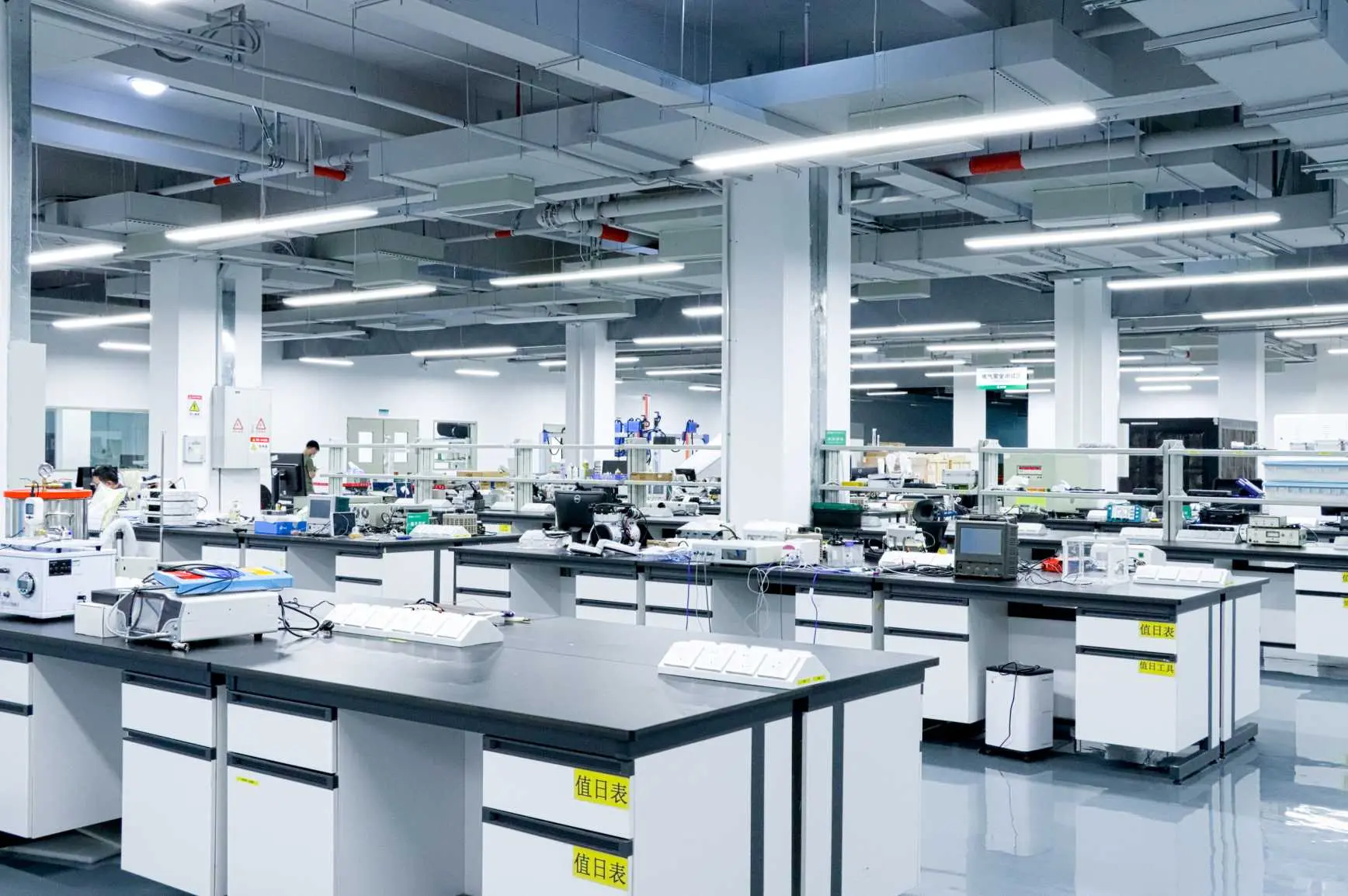
FCC Certification Test Service in Canada
JJR Laboratory in China is an FCC-recognized testing laboratory with extensive experience in radio and wireless certification for the North American market. Collaborating with a laboratory that has deep industry expertise and broad technical knowledge can help you avoid common mistakes that may delay certification. We offer FCC certification testing services for Canadian manufacturers and production enterprises, saving up to 30% of certification costs.
What is FCC Certification?
The FCC (Federal Communications Commission) is the official body in the United States responsible for managing the nation's radio resources, similar to China's Radio Management Committee. In addition to managing the country's radio resources, the FCC regulates whether the electromagnetic interference of electronic products entering the U.S. market falls within the allowable limits. Many radio, communication, and digital products must obtain FCC approval to enter the U.S. market, which means they require FCC certification.
FCC certification is mandatory in the U.S., primarily for powered products. The FCC certification process does not require factory inspections.
Documents Required for FCC Certification
1. Basic information and address of the product manufacturer and applicant.
2. A copy of the installation and user manual for the product requiring FCC certification.
3. The electrical schematic and working principle description for the product requiring certification.
4. A table of operating oscillation frequencies for the product.
5. Any other relevant product characteristics that need to be explained.
Notes for Documentation:
1. Relevant documents must be provided in both Chinese and English.
2. To shorten the certification cycle, documents should be provided in electronic form.
3. Additional relevant documents may be required during the certification process.
Which Products Require FCC Certification?
- Personal computers and peripheral devices
- Household appliances, electric tools
- Audio and video products
- Lighting products
- Wireless products
- Toys
- Security products
- Industrial machinery
Which Products Need fcc id Certification?
According to FCC regulations, electronic products that operate at frequencies above 9kHz must undergo FCC ID certification. This includes computers, fax machines, electronic devices, radio receivers and transmitters, radio-controlled toys, telephones, personal computers, and other products that may pose safety risks to individuals.
Which Products Need FCC ID and Which Require fcc sdoc?
1. FCC SDOC: Wired IT products.
2. FCC ID:
- Transmission frequencies: 125KHz, 13.56MHz
- Typical products: Bus card readers, wireless chargers, access control card readers.
- Transmission frequencies: 27MHz, 49MHz
- Typical products: Wireless mice, remote-controlled toys.
- Transmission frequencies: 315MHz, 433MHz (intermittent or periodic trigger products)
- Typical products: Remote switches, wireless doorbells, anti-theft devices.
- Transmission frequencies: 88-108MHz
- Typical products: Car FM transmitters.
- Transmission frequencies: 902-928MHz, 2400-2483.5MHz, 5725-5850MHz
- Typical products: Remote-controlled toys, wireless mice, Bluetooth speakers, WIFI drones, smart home products.
- Transmission frequencies: 5.15~5.85GHz
- Typical products: 5G WIFI.
fcc testing Items:
- Conducted spurious emissions
- Radiated spurious emissions
- Conducted emissions edge compliance
- Maximum peak conducted output power
- 20dB bandwidth, 99% occupied bandwidth, carrier separation
- Channel spacing
- Number of hopping channels
- Occupied time (dwell time)
- Antenna test requirements
Common U.S. FCC Standards:
The most commonly used U.S. FCC standards are as follows, with fcc part 15 and PART 18 being the most widely applied:
- FCC PART 15: Intentional radiators
- fcc part 18: Industrial, scientific, and medical equipment
- FCC PART 22: Public mobile communications services
- FCC PART 24: Personal communications services
- FCC PART 25: Satellite communications services
- FCC PART 27: Other FCC wireless communication services
- FCC PART 68: Telecommunications terminal equipment
Email:hello@jjrlab.com
Write your message here and send it to us
 American Certification Testing for Baby Walkers
American Certification Testing for Baby Walkers
 Baby and Children's Products EU & US Certifica
Baby and Children's Products EU & US Certifica
 Crib US Certification Testing Services
Crib US Certification Testing Services
 Crib EU Certification Testing Serve
Crib EU Certification Testing Serve
 Compliance Testing for Baby Carriers and Hip Seats
Compliance Testing for Baby Carriers and Hip Seats
 EU GPSR Compliance Testing
EU GPSR Compliance Testing
 What is the Mexican NOM-208-SCFI-2016 Standard?
What is the Mexican NOM-208-SCFI-2016 Standard?
 Certifications Needed to Export Electronics to Can
Certifications Needed to Export Electronics to Can
Leave us a message
24-hour online customer service at any time to respond, so that you worry!




